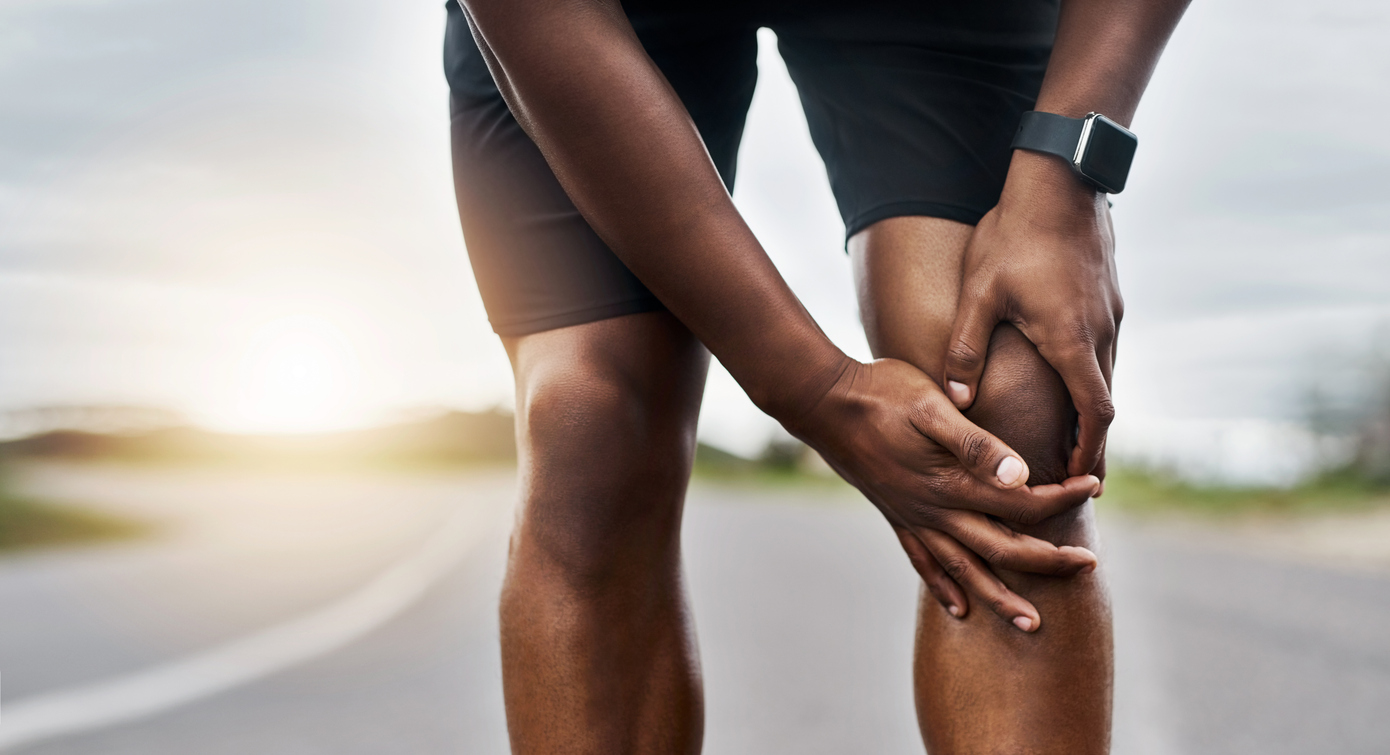Millions of people play sports and participate in athletic activities. With all the benefits physical exercise offers, it’s not without risks. Physical injury is all too common in sports, whether you’re a cheerleader or a runner. Here we list the six most common types of sports injuries that our patients experience.
1. Ankle Sprain & Other Sprains
Sprains are a risk during any type of sport. A sprain is an injury to a ligament—the connective tissue between bones—that could result from the stretching or tearing of the ligament. A strain is something a bit different, as it occurs when a muscle rather than a ligament is affected.
Causing pain, inflammation and stiffness, sprains lead many people to search “pain clinic near me.” Ankle sprains, hamstring sprains and other sprains are some of the most common sports injuries.
2. Knee Injuries
Knees are a crucial component of what helps your body move during physical activity, and nearly any type of sport—from running to soccer to football—has the potential to cause problems with the knees. A knee’s ligament can be affected, as can softer tissues within the knee. Therapy for sports injuries of the knee will all depend on the nature of your injury and the severity of your pain or discomfort.
3. Muscle Strains
When a muscle or a tendon is stretched too far or too suddenly, this is called a muscle strain or a “pulled” muscle. The muscle tissue can actually tear in more severe cases, which can be very painful. Muscle strains commonly occur in the hamstring or groin area, and can typically be preventing with warm-up training. Fortunately, many types of muscle strains heal on their own, but some require additional therapy for a full recovery.
4. Shoulder Injuries
The shoulder is the location of some of the most common injuries in sports, including tennis, baseball and golf. Shoulder injuries range from overuse to a torn rotator cuff—a group of muscles that support your shoulder joint. Other shoulder injuries include a dislocated shoulder, a “frozen” shoulder which includes stiffness and discomfort in the joint, and even arthritis.
5. Shin Splints
Shin splits are when pain and inflammation occur in the shins, typically as the result of suddenly increasing your running distance or running on unforgiving surfaces such as concrete. Shin splits can be very uncomfortable and while most heal with home remedies and physical therapy exercises, getting a diagnosis is important. Some are the result of a more serious stress fracture.
6. Fractures
No one wants to hear they have a broken bone, but both stress and acute fractures happen during sports. What’s the difference?
- Stress fractures happen from improper stress on the joints, which could have a range of causes. They commonly happen when people suddenly change their exercise routine or activities, or when people don’t use the proper equipment or technique to conduct a specific exercise.
Exercising too frequently and not allowing enough rest can also increase your risk for stress fractures, and people who have osteoporosis are particularly at risk. The most common areas to experience stress fractures are the bones in the lower legs and feet.
- Acute fractures happen from a specific, usually singular injury, and are sometimes referred to as complete or traumatic fractures. Whereas stress fractures are tiny cracks in the bone, acute fractures are an actual break that will need to be set to heal in most cases. These fractures are caused by a definite impact to the bone, resulting in an acute injury.
No matter what type of fracture you have, you will need to seek treatment from a professional in order to properly heal the fracture.
Reach Out to Summit Spine & Joint Centers Today
The compassionate and board-certified professionals at Summit Spine & Joint Centers provide a complete range of therapy for sports injuries, no matter the cause. If you’re experiencing discomfort as the result of an injury sustained during athletic activity and are searching “pain clinic near me,” contact Summit Spine & Joint to schedule a consultation. Our pain management techniques may allow you to avoid medication and surgery for a natural, advanced approach to recovery.

